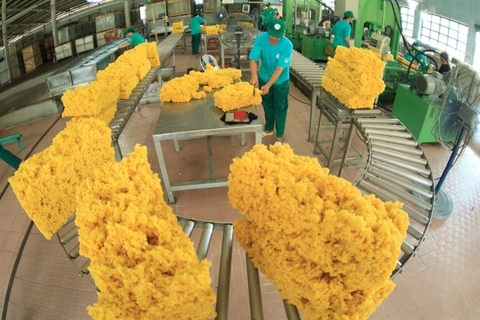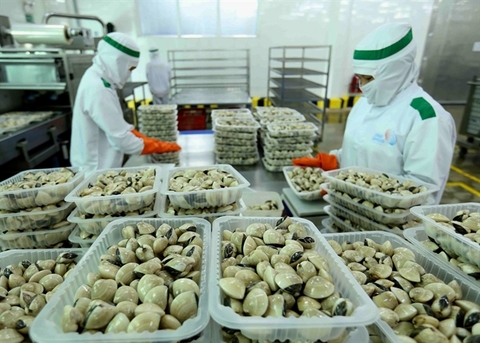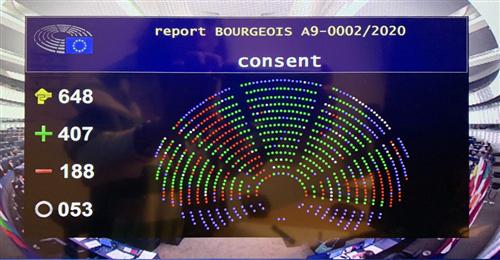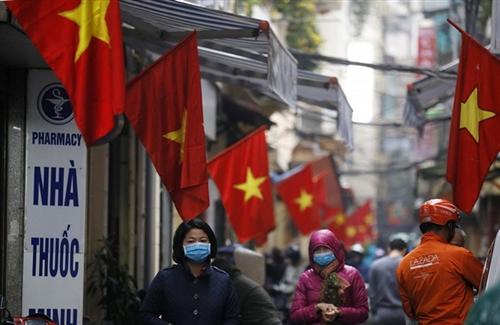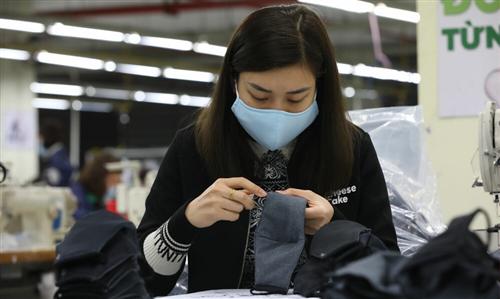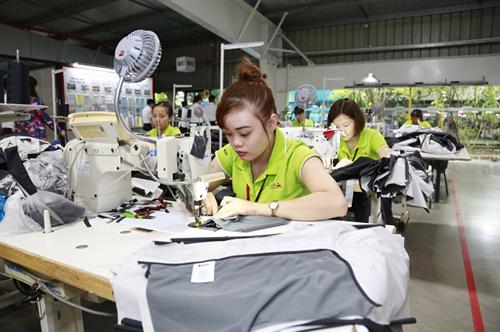Vietnam – EU trade deal could become effective in early July: Minister
Vietnam – EU trade deal could become effective in early July: Minister
The EVFTA holds significant meaning as it opens up huge opportunities for Vietnamese enterprises to penetrate the EU markets.
In case the National Assembly of Vietnam ratifies the EU – Vietnam Free Trade Agreement (EVFTA) by the end of May or in early June, the deal could become effective in early July, according to Tran Tuan Anh, minister of Industry and Trade.
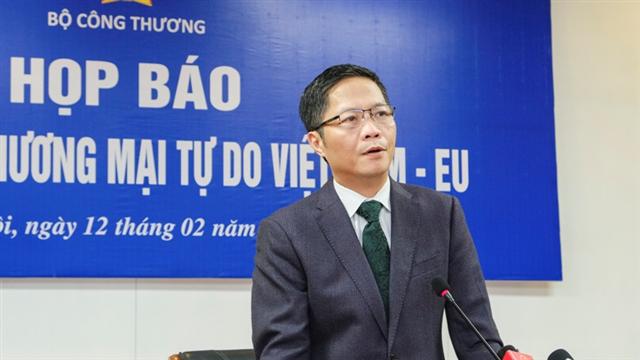
|
The EVFTA holds significant meaning as it opens up huge opportunities for Vietnamese enterprises to penetrate EU’s markets with a combined GDP of US$18 trillion, especially as the Covid-19 outbreak is causing negative impacts on Vietnam’s exports, Anh said in a press conference in Hanoi shortly after the European Parliament ratified both the EVFTA and the EU – Vietnam Investment Protection Agreement (EVIPA) on February 12.
Anh said a high level of commitment from both sides in opening their respective markets would help enhance competitiveness and diversify export markets for Vietnamese products.
This is particularly important as only 42% of Vietnam’s exports to the EU are subject to 0% tariff under the Generalized Scheme of Preferences (GSP).
Once the deal is effective, up to 85% Vietnamese goods and products exported to the EU would enjoy 0% tariff immediately, and the rate will gradually increase to 99% in the next seven years.
Anh acknowledged there were doubt and concerns regarding Vietnam’s capability to fulfill its commitments set in the EVFTA. However, the Vietnamese government has been proving the contrary.
Last year, the National Assembly ratified the International Labor Organization (ILO) convention No.98 on the right to organize and collective bargaining, as well as the approved the revised Labor Code in November 2019.
Additionally, the Ministry of Industry and Trade (MoIT) along with the Ministry of Agriculture and Rural Development (MARD) is actively cooperating with the EU to address issues related to illegal, unreported and unregulated (IUU) fishing in Vietnam.
As the EVFTA includes provisions to improve environmental standards, promote fair competition and regulatory coherence, Anh expected the deal would be a boost for foreign investment into the country, particularly in the fields of finance, hi-tech and services, among others.
He acknowledged Vietnam should prepare the best conditions and remove institutional bottlenecks to best utilize the capital inflows.
According to Anh, in addition to benefits and opportunities from the EVFTA, the EU market, known for its highly demanding and strict requirements for product quality and environmental issues, would put pressure on Vietnamese enterprises to change for the better, especially in corporate governance and operation.
Nicolas Audier, chairman of European Chamber of Commerce in Vietnam (EuroCham), said in a statement that the deal would open the door to a new chapter of increased trade and investment between two sides. It will “enable European business to be at the forefront of the next phase of Vietnam’s socio-economic development, and ensure that Vietnamese companies and consumers have privileged access to European markets, products, and services.”
“We must ensure a smooth implementation of the EVFTA so that companies and consumers on both sides can unlock the full potential of this agreement,” urged Audier.
The EU is one of Vietnam’s largest trade partners with turnover of US$56.45 billion in 2019, up 1.11% year-on-year, in which the latter exported goods worth US$41.54 billion and imports worth US$14.9 billion.
As of 2019, the EU had 2,375 ongoing projects in Vietnam with combined registered capital of US$25.49 billion, accounting for 7.07% of total projects and 7.03% of the investment value.
A study from Vietnam’s Ministry of Planning and Investment suggested the EVFTA and EVIPA would help Vietnam’s GDP grow an additional 4.6% and boost the country’s exports to the EU by 42.7% by 2025.
Meanwhile, the European Commission estimated the bloc’s GDP would be added US$29.5 billion by 2035, along with additional growth of 29% in exports to Vietnam.



